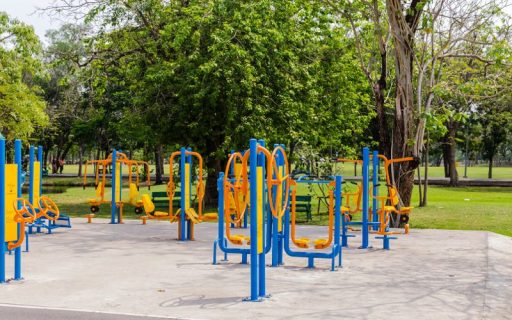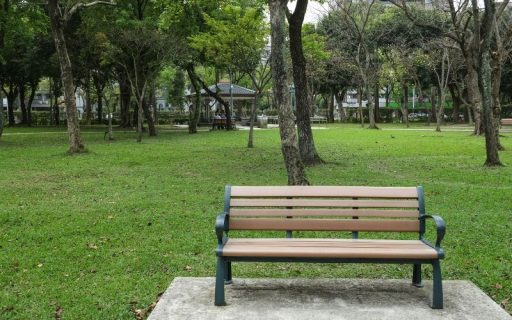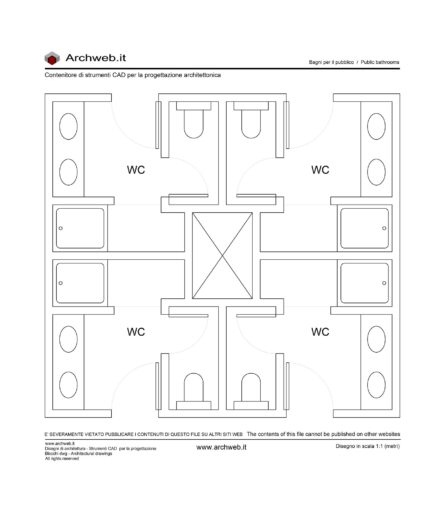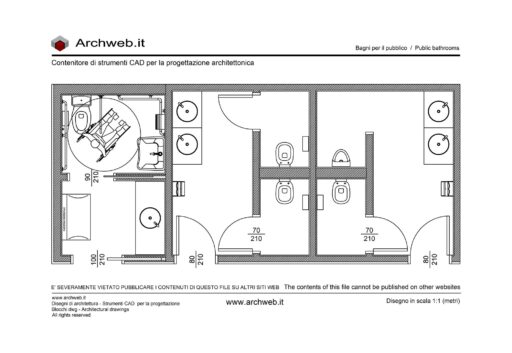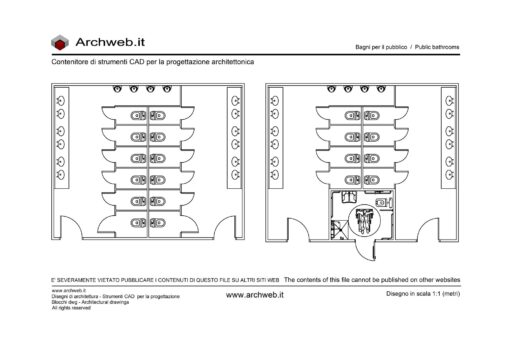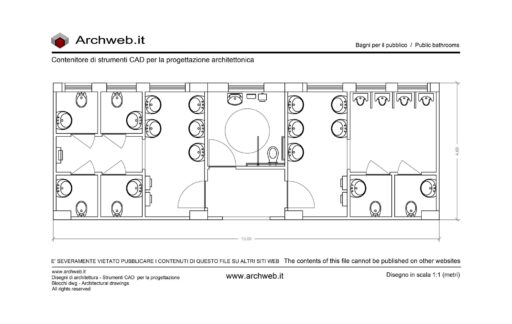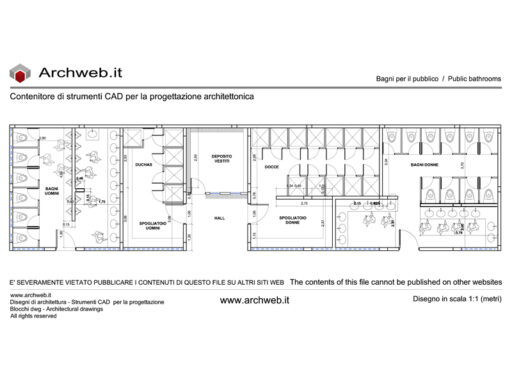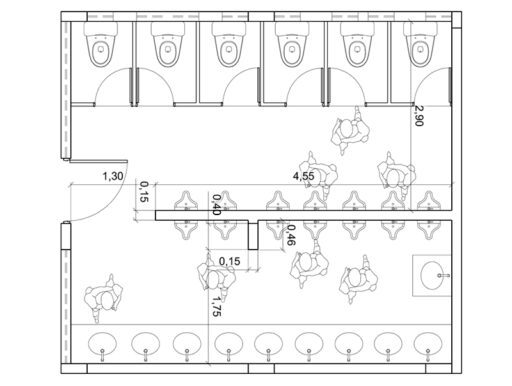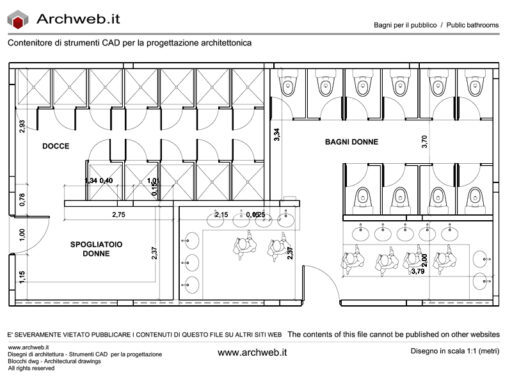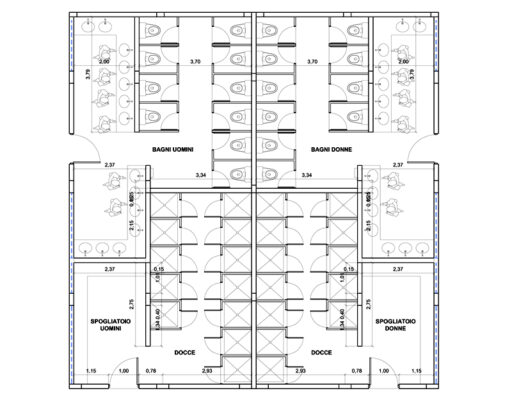Toilets in parks and gardens
Features - Functions - Reference legislation
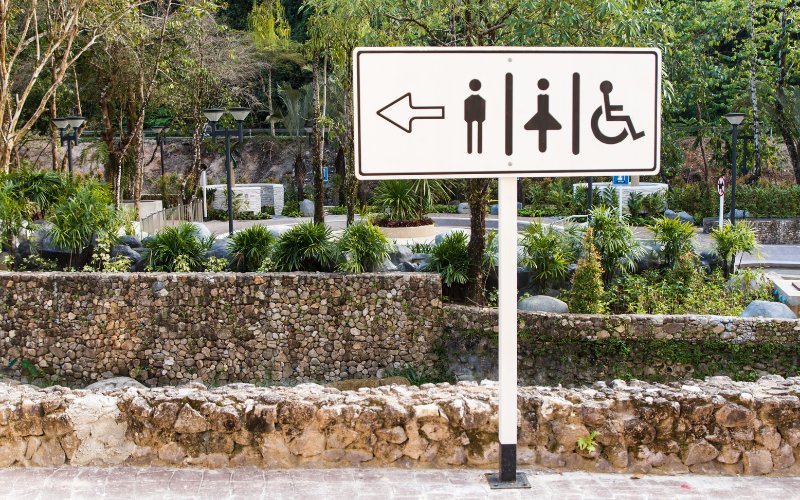
Toilets are an essential part of urban infrastructure, especially in public parks and gardens. In addition to providing a basic service for visitors, public toilets in urban areas must also comply with specific rules and regulations to ensure safety and accessibility for all.
In this article we will explore the importance of toilets in urban public parks and gardens, their functions and characteristics, the regulations that regulate them, and much more. Finally, we will conclude with a reflection on the future of public toilets in urban parks and gardens.
The importance of toilets in urban parks and gardens
Toilets play a crucial role in ensuring the comfort and satisfaction of visitors in urban public parks and gardens. Visitors, both locals and tourists, appreciate the presence of clean and well-maintained toilets during their visit to these areas. Public toilets offer a safe and hygienic place to satisfy physiological needs, offering a sense of comfort and well-being. Furthermore, they help maintain the overall hygiene and cleanliness of the park, preventing visitors from turning to other areas for their needs. Therefore, the installation of adequate and well-positioned structures is essential to ensure a positive experience for visitors to spaces dedicated to urban greenery.
Another important aspect to consider is the accessibility of toilets. It is essential that they are accessible to all people, regardless of their physical abilities. This includes accessibility for people with disabilities, such as adequate bathrooms for people in wheelchairs, and accessibility for families with children. Accessibility to toilets is a fundamental right and helps ensure inclusion and equity for all visitors to urban public parks and gardens.
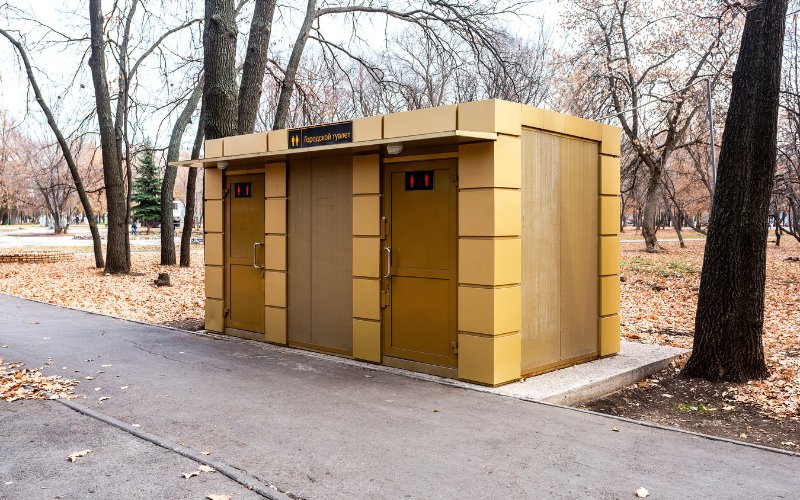
Functions and characteristics of bathrooms in urban public parks and gardens
Toilets must be designed and constructed to fulfill a number of functions and must have specific characteristics. First and foremost, public toilets in urban parks and gardens must be clean and functional, as well as regularly maintained to ensure the safety and well-being of visitors. Cleaning should include floors, sinks, toilets, fixtures and surrounding areas. Furthermore, toilets should be equipped with hygiene devices such as soap, toilet paper, paper towels or hot air.
In addition to hygiene, toilets should be designed to ensure the privacy and safety of visitors. The cabins should have a simple locking system and offer adequate sound insulation to ensure visitor privacy. Furthermore, they should be well lit and equipped with security mechanisms such as surveillance cameras to prevent vandalism or unwanted behavior. Visitor safety is a priority and restrooms should be designed and operated with this goal in mind.
The different types of toilets in urban public parks and gardens
When we visit a park, we expect to find restrooms that meet our basic needs. However, there are different types of toilets that can be present in these places, depending on the size of the park, the infrastructure present and the needs of visitors.
- Dry bath. These systems do not require a connection to the sewer system and are therefore easier to install in remote or less accessible areas. Dry toilets are also environmentally friendly, as they do not use water for rinsing.
- Chemical bathroom. This solution is easy to install and can be moved to different areas of the park as needed. Portable toilets have tanks containing chemicals that help reduce odors and decompose waste.
- Toilets with connection to the sewerage system. This option provides maximum comfort and functionality, but requires a connection to the sewerage system and a water supply system. If the park is very large, the bathrooms can be located near the entrances, which are generally the points closest to the sewer and water supply collectors.
Regulations and guidelines for toilets in urban parks and gardens
Restrooms in urban parks must comply with specific regulations and guidelines to ensure safety and accessibility for all visitors. These regulations may vary on a local or regional level, but there are some general guidelines that can be followed.
One of the main regulations concerns the accessibility of toilets for people with disabilities. Public toilets must be designed and built in accordance with accessibility regulations to ensure that they are easily usable by people with motor or sensory disabilities. This means that they must be equipped with large spaces for maneuvering a wheelchair, support handles, special bathroom fixtures and doors with sufficient width to allow access.
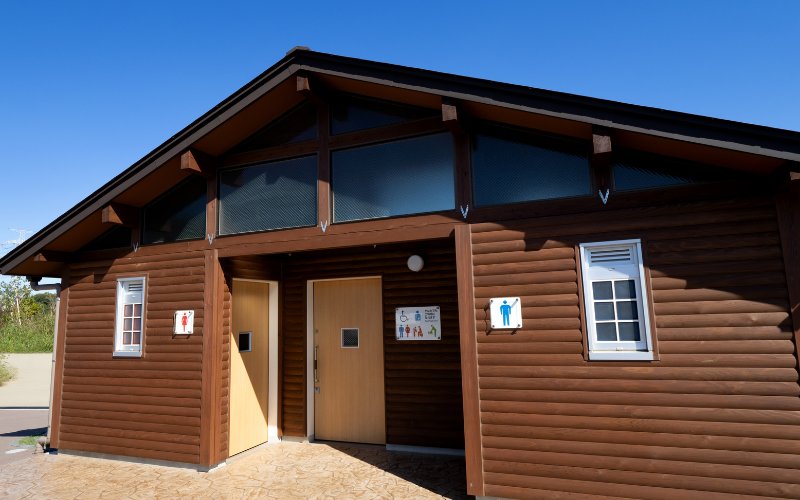
Considerations on the design of toilets in urban parks and gardens
Good toilet design is essential to ensure functionality and accessibility. There are several aspects to consider when designing public toilets in parks.
First of all, it is important to evaluate the number of toilets needed based on the flow of visitors to the park or garden. It is important to avoid long queues and overcrowding, so the number of toilets should be proportionate to the number of expected visitors.
Furthermore, at the design stage, separation between services for men and women should be foreseen, as well as accessible toilets for people with disabilities. This guarantees privacy and enjoyment for all visitors.
Finally, the design should include the use of wear-resistant and easy-to-clean materials. Public toilets are subject to a high level of use and must be able to withstand daily use and corrosion over time. Furthermore, the materials used should allow for easy and quick cleaning to maintain the required hygiene standards.
Consideration on innovations applicable to bathrooms in parks
Innovation in toilet design for urban parks and gardens is becoming increasingly important to improve the visitor experience and ensure environmental sustainability.
One of the most recent innovations is the use of antibacterial and antimicrobial materials. These materials help reduce the presence of bacteria and germs, improving the overall hygiene of public bathrooms and reducing the risk of disease transmission.
Another innovation is the use of intelligent technologies. For example, sensors can be used to monitor the flow of visitors and adjust the supply of hygiene supplies as needed. Additionally, LED lights can be used to reduce energy consumption and improve lighting within restrooms.
Finally, some innovations focus on water efficiency and the use of renewable energy sources. For example, dual-flow flush systems can reduce water consumption, while solar panels can be used to power lighting and other fixtures within restrooms.
Conclusions – The future of toilets in urban parks and gardens
Toilets in urban parks and gardens are an essential element of urban infrastructure. Their design, maintenance and proper cleaning are essential to ensure safety, hygiene and accessibility for all visitors.
The future of public toilets in these locations looks promising, with continued innovations in design and the use of sustainable technologies. The main objective will be to improve the visitor experience and reduce its environmental impact.
Cover photo: JaruekChairak from Getty Images





































































